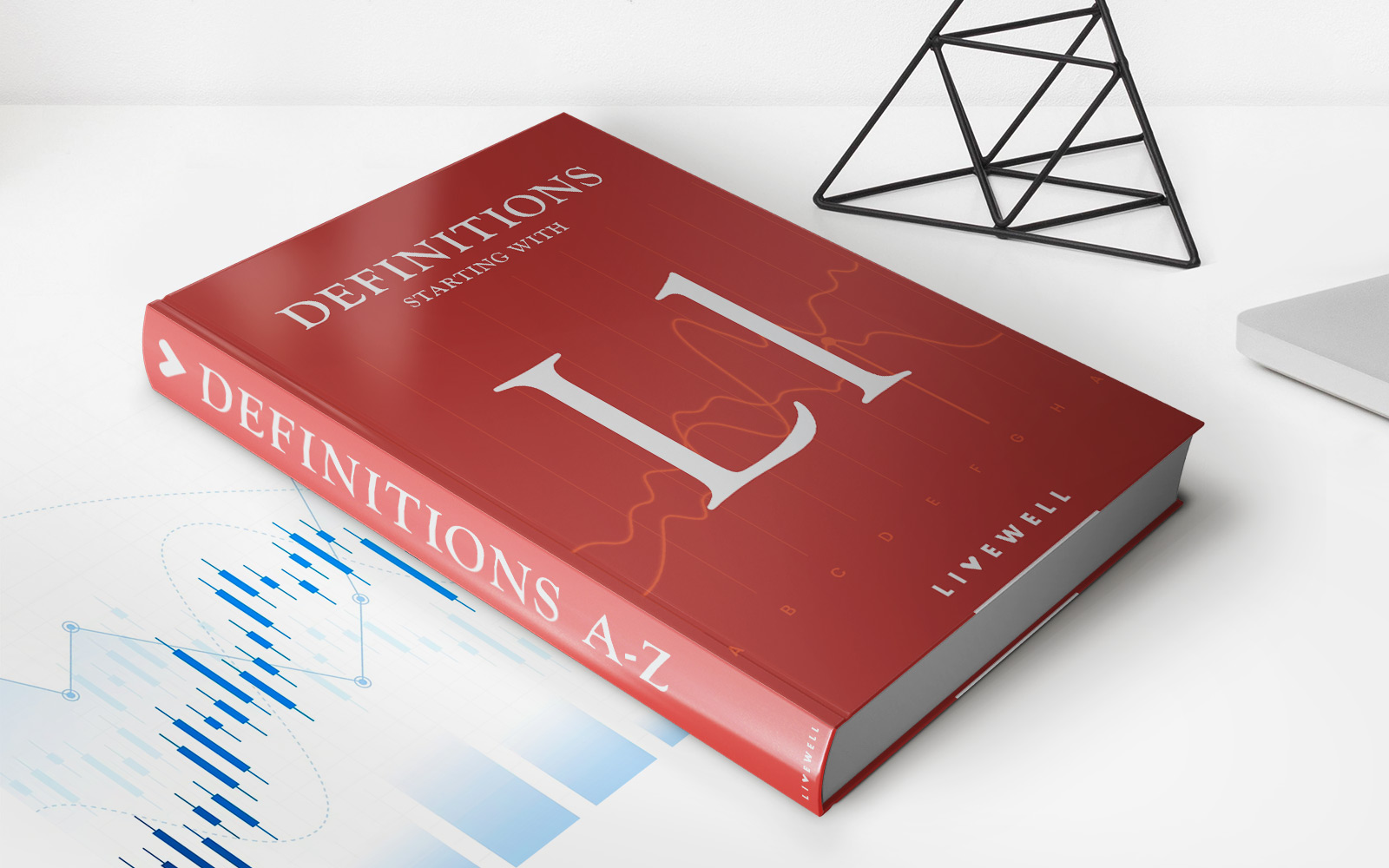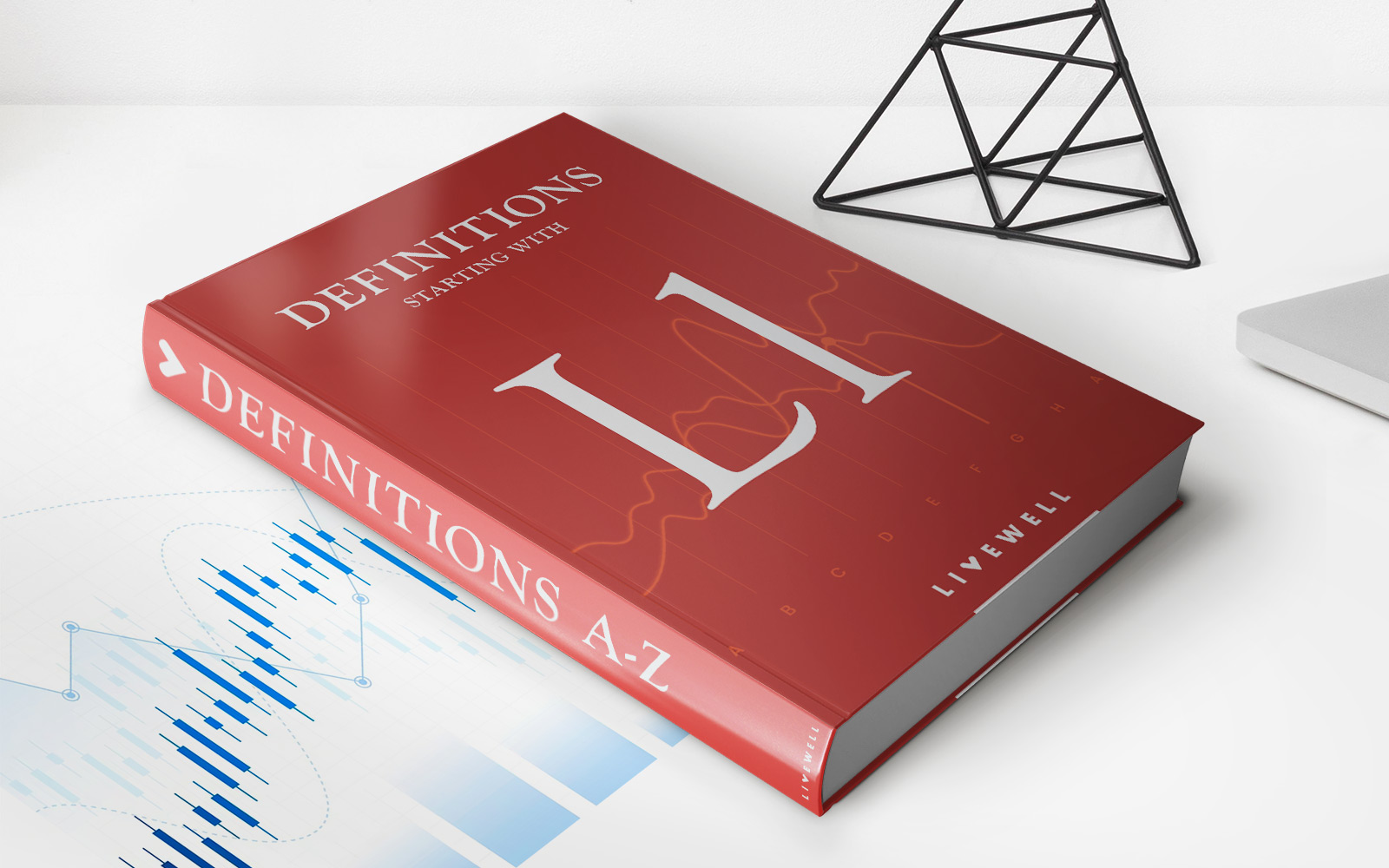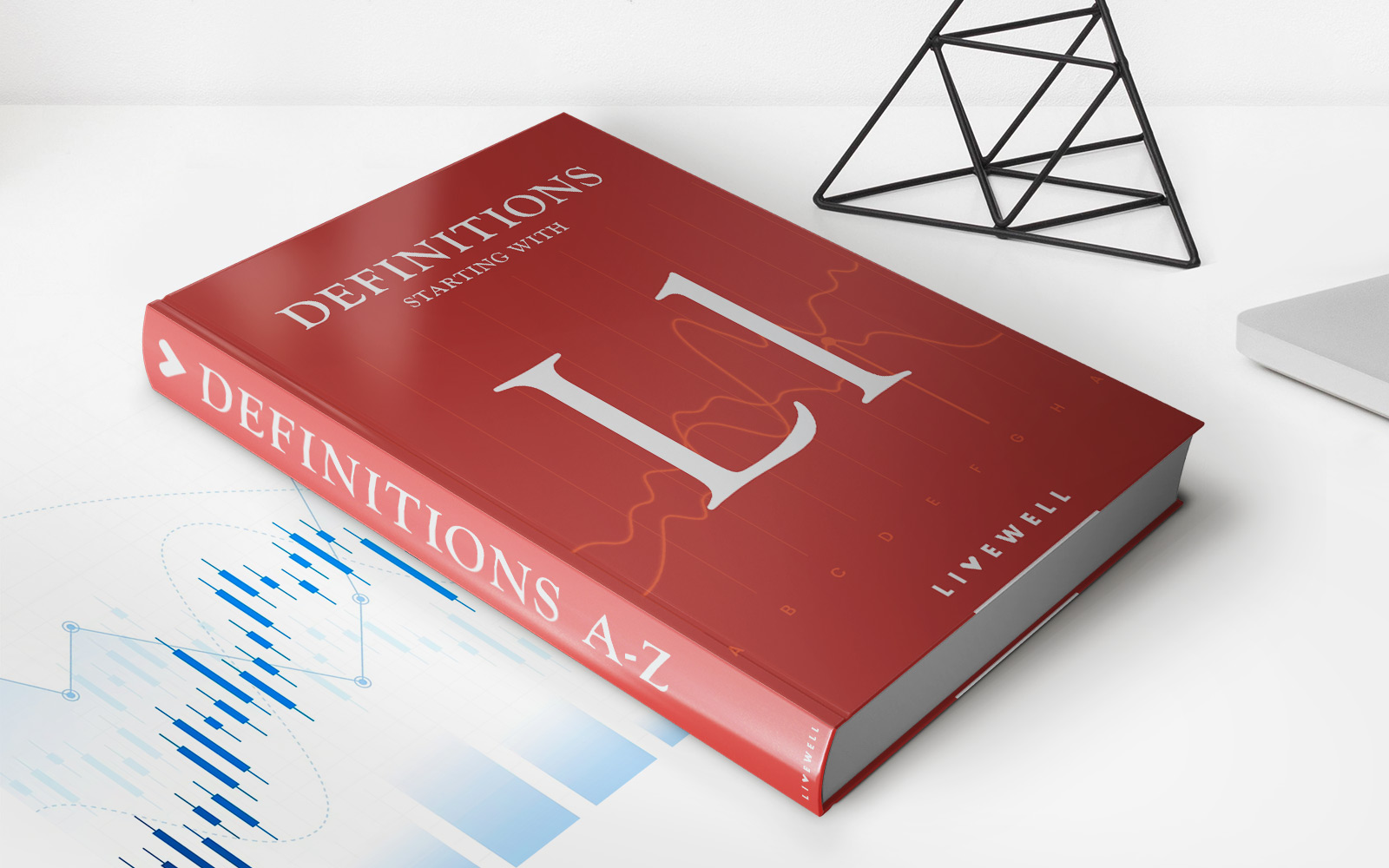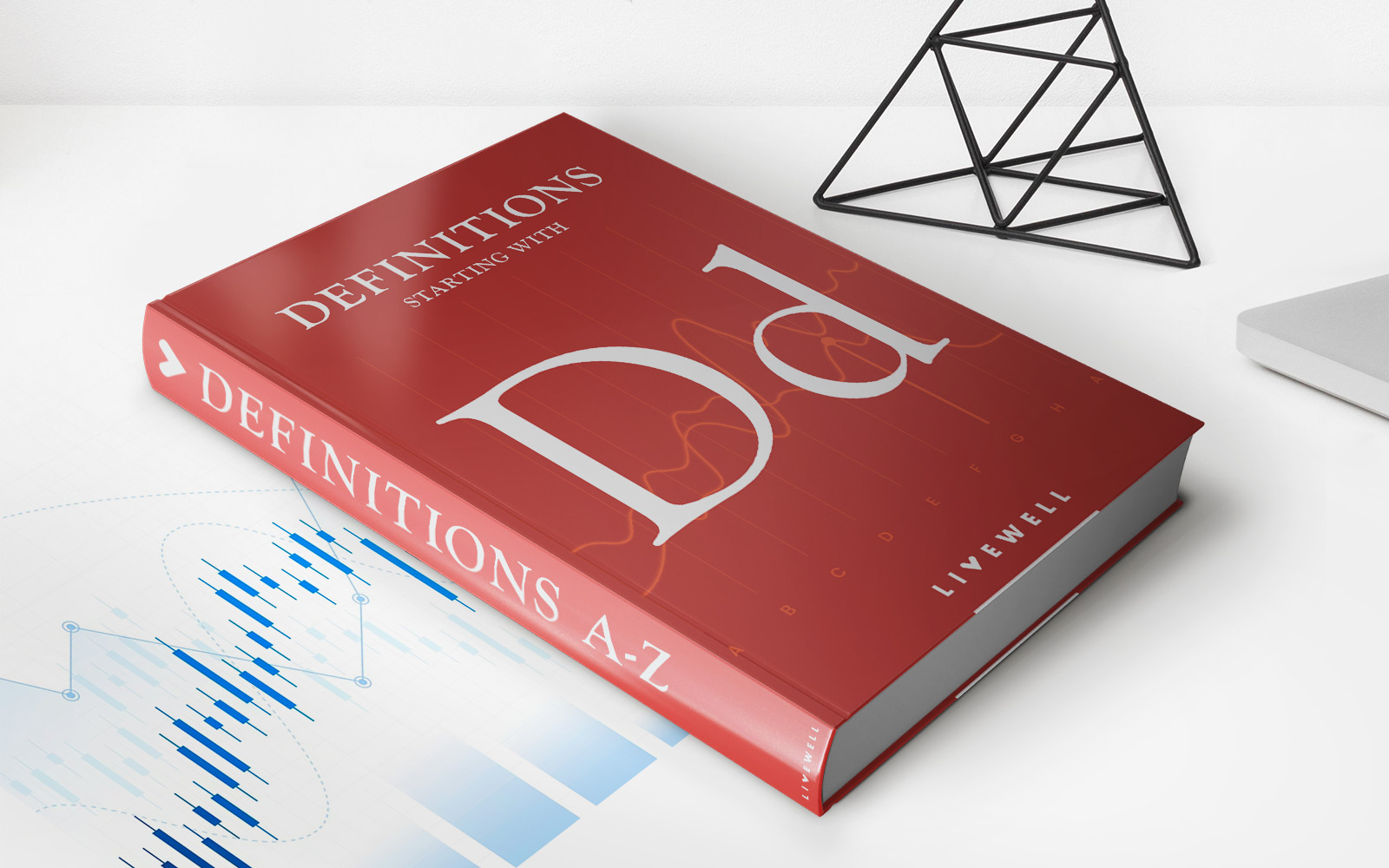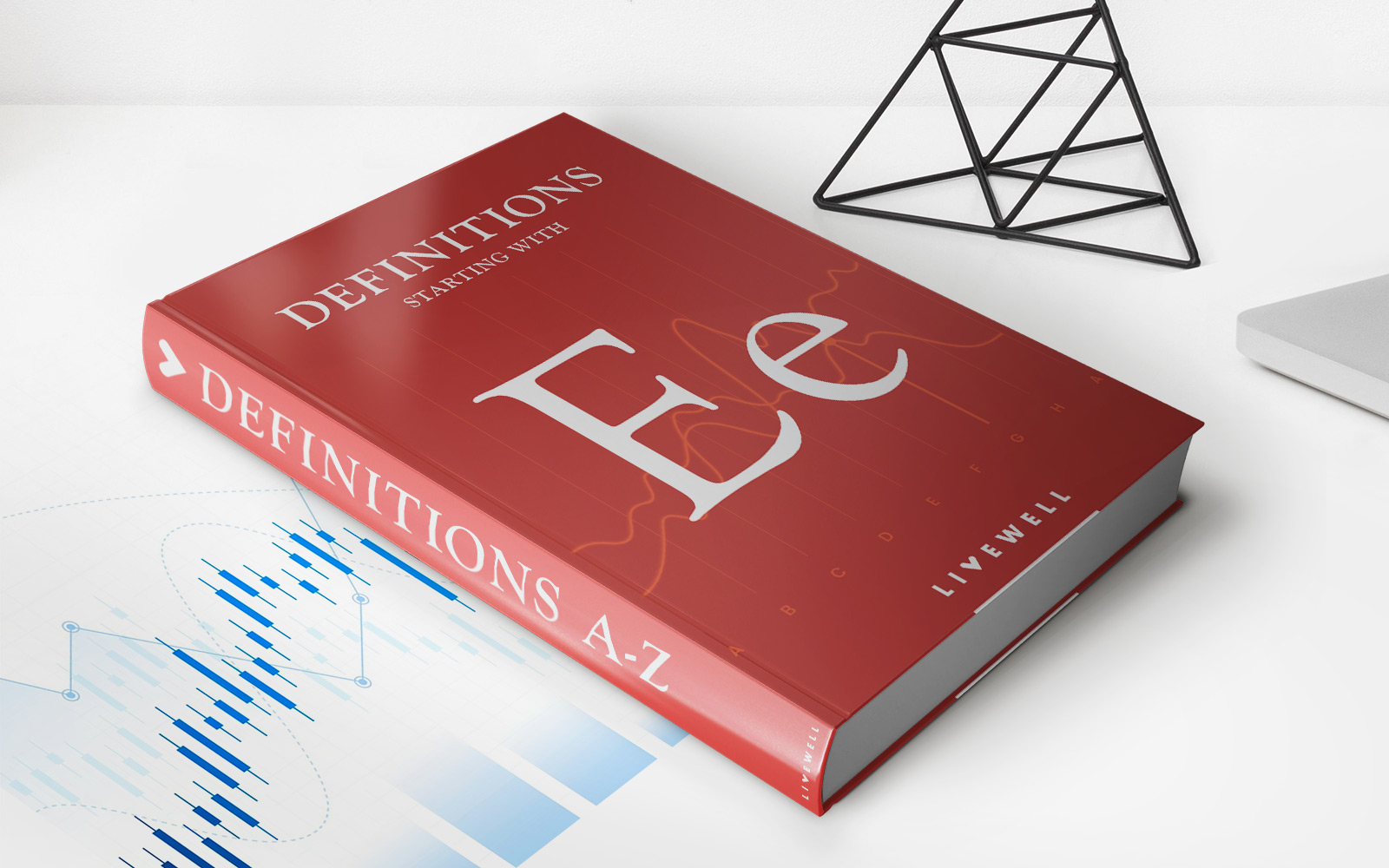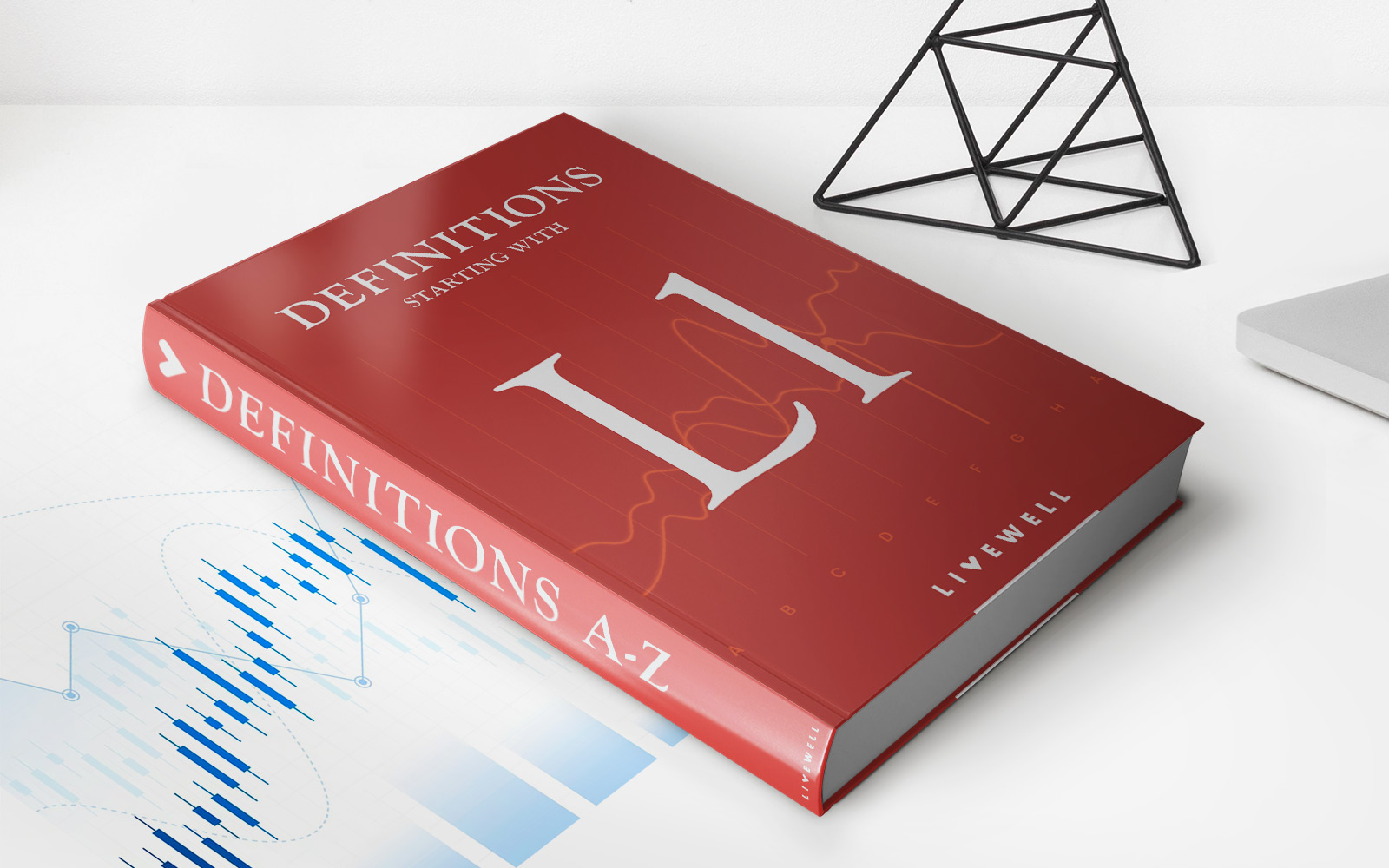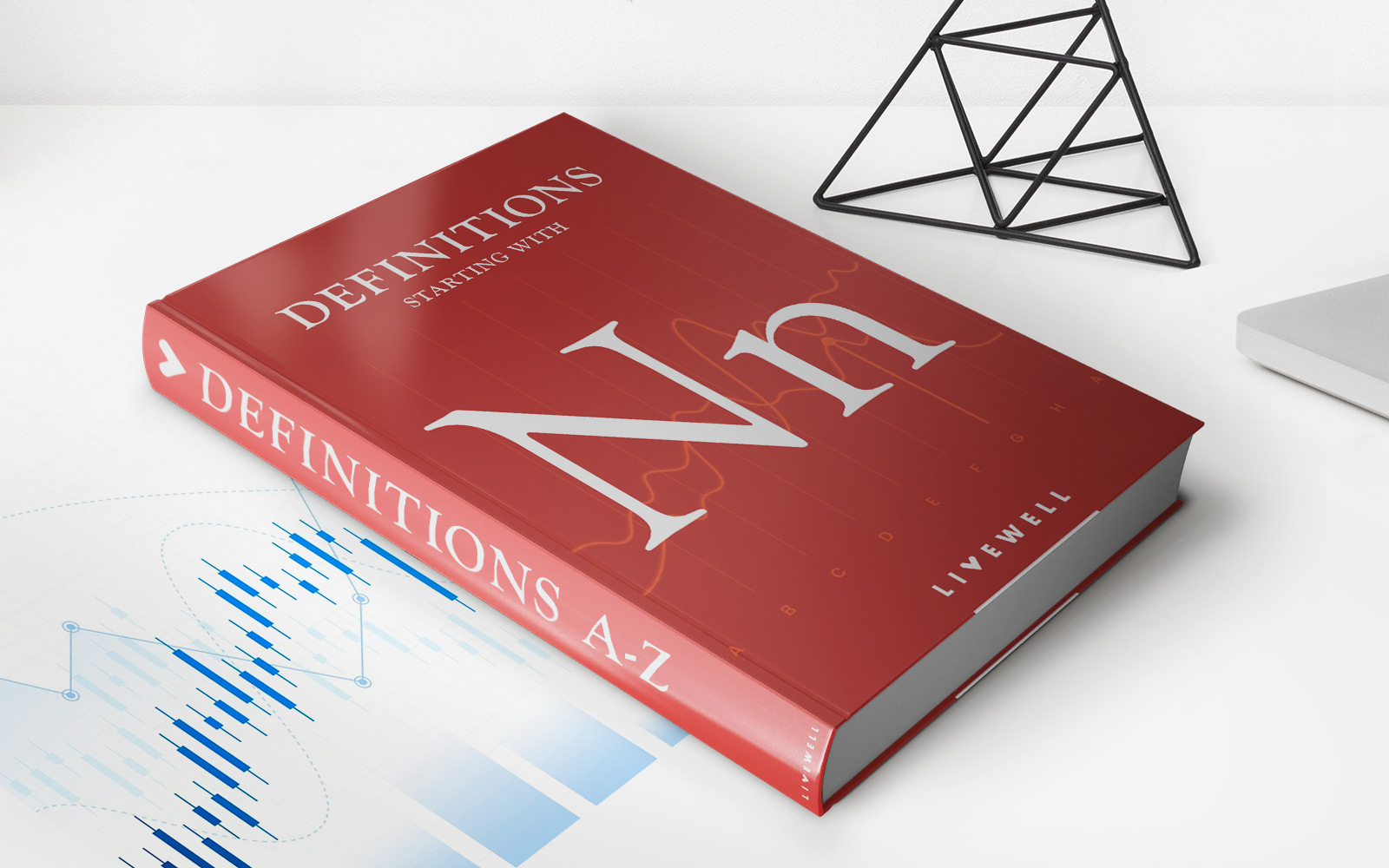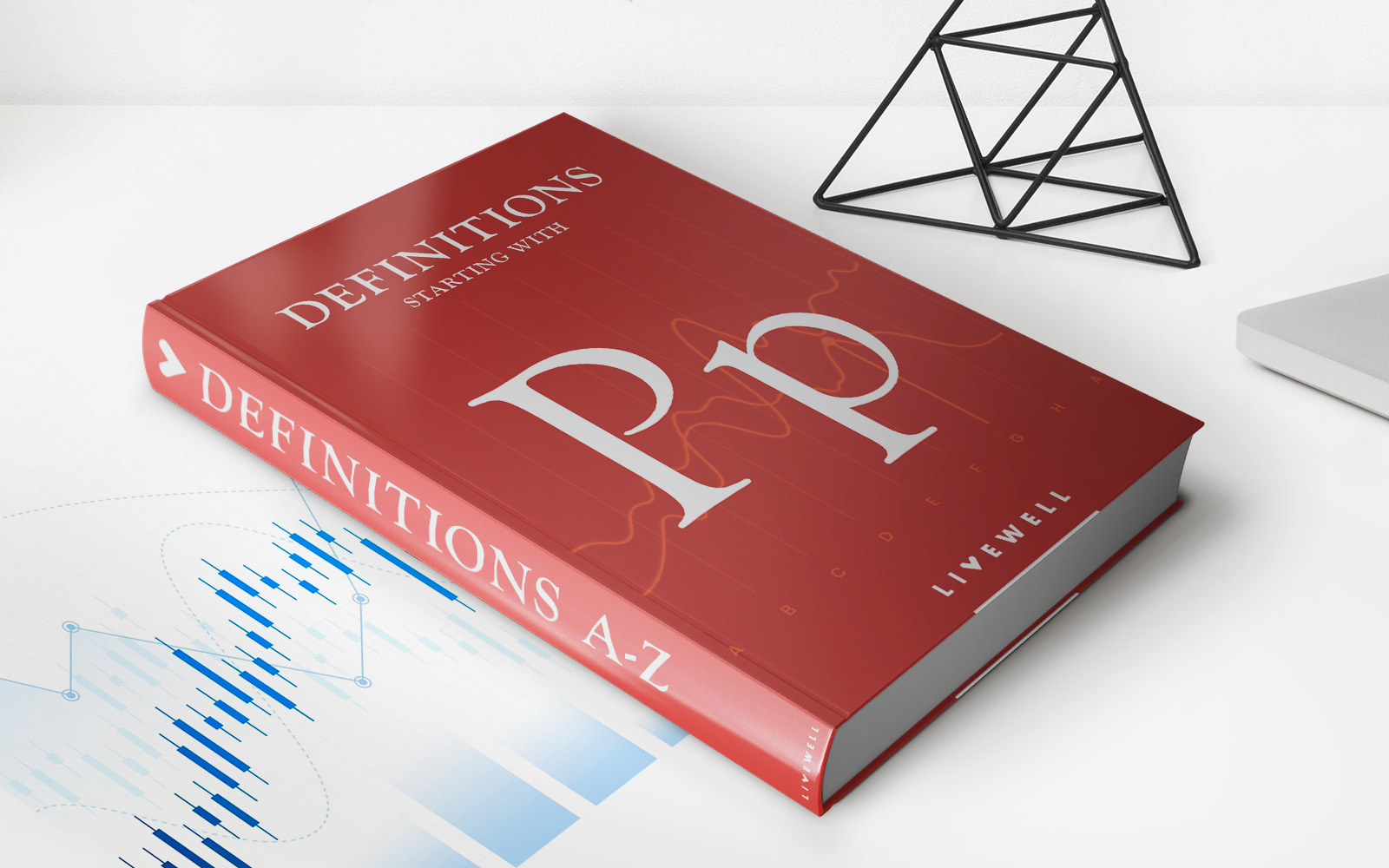Home>Finance>Logarithmic Price Scale: Definition Vs. Linear Price Scale
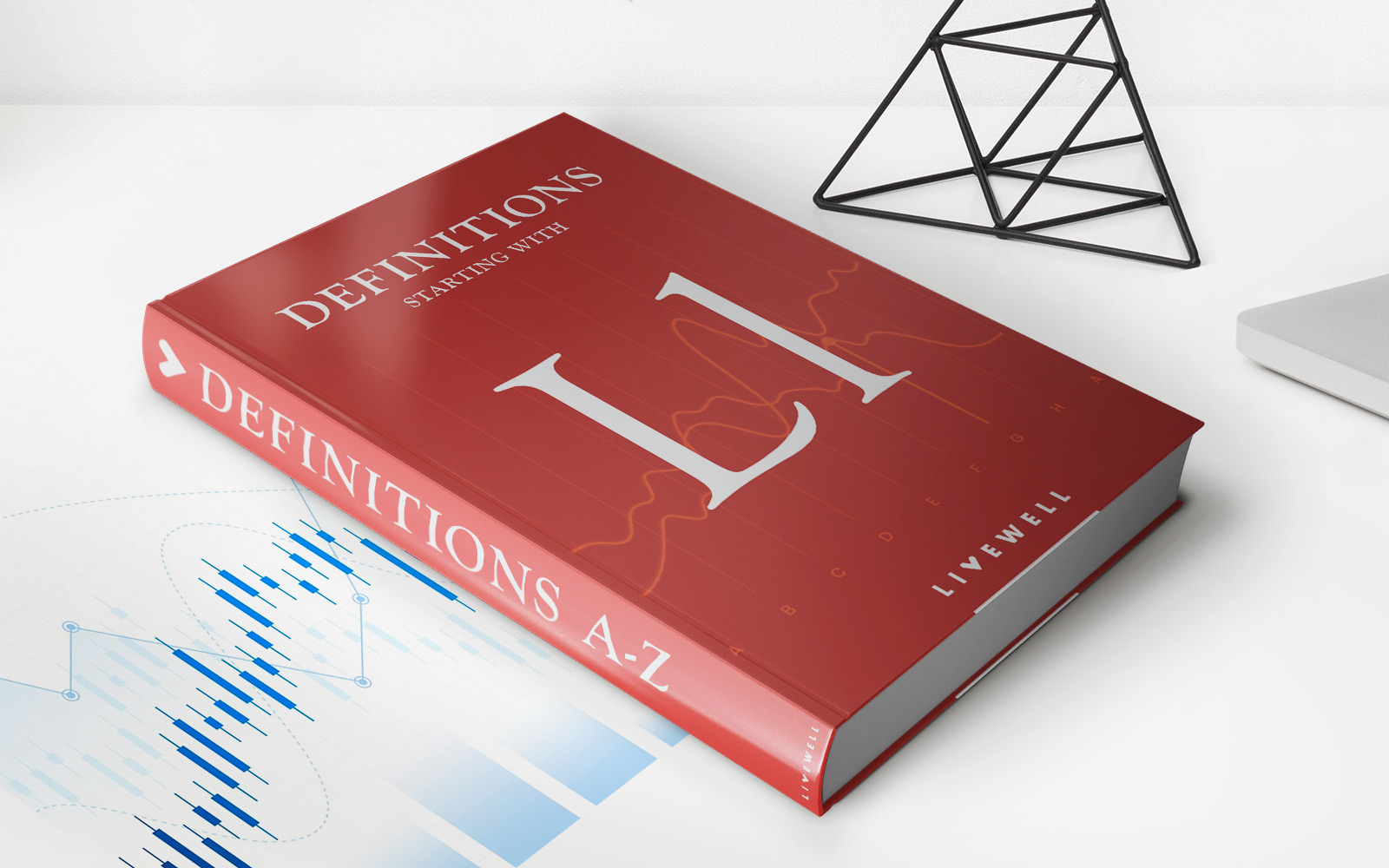

Finance
Logarithmic Price Scale: Definition Vs. Linear Price Scale
Published: December 19, 2023
Discover the difference between logarithmic price scale and linear price scale in finance. Learn about their definitions, benefits, and how they affect financial analysis.
(Many of the links in this article redirect to a specific reviewed product. Your purchase of these products through affiliate links helps to generate commission for LiveWell, at no extra cost. Learn more)
Understanding Logarithmic Price Scale: Definition Vs. Linear Price Scale
Finance is a vast field with various topics and terms that can sometimes be confusing. One such topic that often raises questions is the comparison between logarithmic and linear price scales. If you’ve ever wondered what these terms mean and how they affect your financial analysis, you’re in the right place. In this blog post, we’ll break down the differences between logarithmic and linear price scales and help you understand their significance in the world of finance.
Key Takeaways:
- Logarithmic price scale is commonly used in financial charts and displays a percentage change in price.
- Linear price scale represents price movements proportionally based on actual value, rather than percentage change.
Logarithmic Price Scale: Breaking It Down
When it comes to analyzing financial data, logarithmic price scale is a valuable tool. It displays the changes in the price of an asset in terms of percentage rather than absolute value. This scale is particularly useful when observing the price movements of an asset over a long period.
So, what does it mean for the financial analyst? Let’s delve into a few key features of logarithmic price scale:
- Percentage Change: One of the fundamental aspects of logarithmic price scale is that it shows the percentage change in price rather than the actual value. This feature is especially helpful when analyzing stocks or assets with high volatility over extended periods. By representing price movements in percentages, the scale provides a clearer picture of the asset’s growth or decline without getting skewed by large numbers.
- Focus on Growth Patterns: Logarithmic scales effectively showcase the growth patterns of an asset, even when the price experiences substantial fluctuations. When using a logarithmic price scale, it’s easier to identify trends and spot potential buying or selling opportunities. This feature is particularly advantageous for long-term investors who are interested in understanding the performance of an asset over time.
Logarithmic price scale is typically represented on financial charts by equidistant intervals on the vertical axis. These intervals are not in a linear proportion but instead represent percentage changes. As a result, the scale helps to visualize the bullish or bearish movements of an asset more accurately.
Linear Price Scale: A Different Perspective
While logarithmic price scale offers a unique way to analyze market behavior, linear price scale provides a contrasting viewpoint. A linear scale represents price movements proportionally based on their actual value, rather than focusing on percentage change. It is the default price scale on most financial charts and is suitable for shorter-term analysis or when analyzing assets with limited volatility.
Here are a few notable features of linear price scale:
- Actual Value: Unlike logarithmic scale, the linear scale represents price movements based on actual value. This means that if a stock price increases by $10, it will be displayed as a straight line higher on the chart. Consequently, the linear scale provides a more accurate depiction of the dollar amount gained or lost for a specific asset.
- Short-Term Analysis: Linear price scale is particularly useful for short-term analysis or when tracking assets with steady or low volatility. It allows investors to focus on the absolute price levels and quickly identify minor fluctuations within a limited timeframe.
While linear price scale offers simplicity and clarity for shorter-term analysis, it may not effectively represent the long-term growth or decline of an asset as compared to logarithmic scale. That’s why it’s vital to choose the appropriate price scale based on your investment horizon and the asset’s volatility.
Conclusion
Understanding the differences between logarithmic and linear price scales is essential for any finance enthusiast or investor. Logarithmic price scale represents price movements in terms of percentage change, making it ideal for analyzing long-term trends and volatile assets. Linear price scale, on the other hand, displays price movements based on actual value and is suitable for short-term analysis or less volatile assets.
By familiarizing yourself with both logarithmic and linear price scales, you’ll be equipped to interpret financial charts more accurately and make well-informed investment decisions. So, the next time you come across these terms in financial literature or while analyzing charts, you’ll have a clear understanding of what they mean and their implications.

